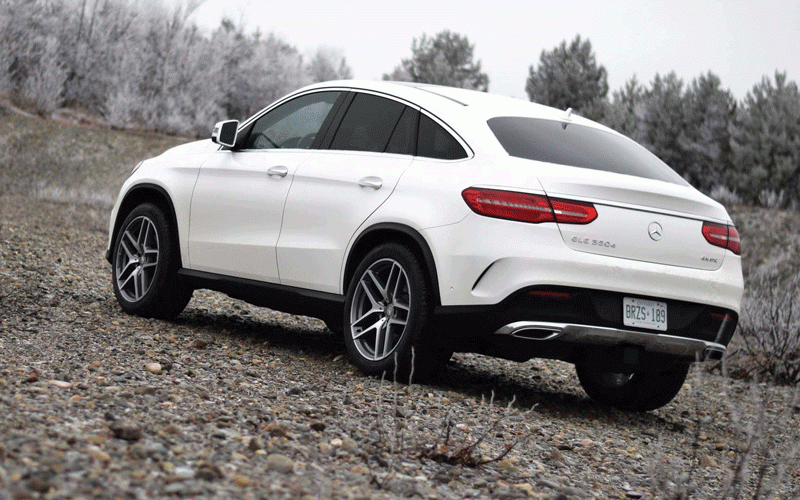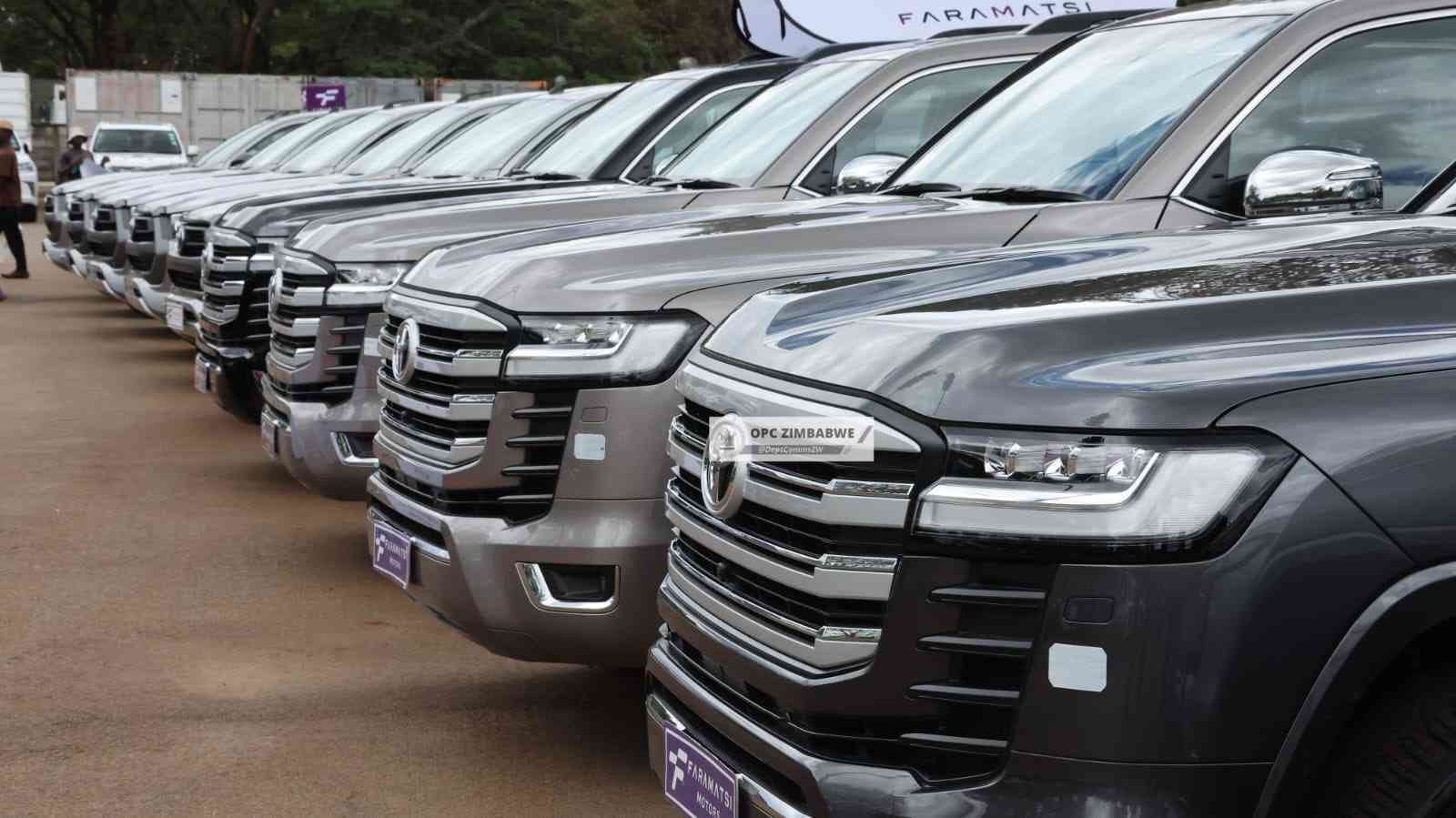
Greetings to you all and l warmly welcome you to this inaugural publication of this weekly column through which l will be sharing insights, realities, processes, car models reviews, risks and perhaps some advice regarding the “World of vehicle imports” by sea, air and road which all passes through the customs clearing and road transportation from the ports to the boarders.
When importing if the logistics are not understood and handled well by the seller it affects the whole chain including the dealers and the customers with high risks of creating emotional distress for birthday and anniversary related gifts meant for the loved ones and possible litigations if involving corporate high value project vehicles with set time lines.
Brand new vehicle manufacturing is largely done in China, United States, Japan, India, South Korea, Thailand, Germany, Morocco, Brazil and Spain.
The distribution of vehicles to different markets, which triggers the shipments is handled by the franchise holders.
This section is pretty straight forward after all the brand new vehicle sales enjoys the shipping space priority by the shipping lines because the number of units they ship are clearly known in advance based on factory production line information.
On the other hand, the used vehicle imports section has a completely distorted way of arranging the shipping planning as a result of the sales coming largely from individuals who make purchases randomly making it difficult to plan ahead.
Shipping vessels have departure (ETD) and arrival (ETA) schedules which one can use to nominate their cars, usually, eight (8) days in advance. Ironically despite these distortions the used vehicle section enjoys about 85% of the market share within Southern and Eastern African countries.
The majority of imports are from Japan, Thailand, UK, Dubai, South Africa and Singapore in order of the quantities respectively.
- Zim headed for a political dead heat in 2023
- Record breaker Mpofu revisits difficult upbringing
- Tendo Electronics eyes Africa after TelOne deal
- Record breaker Mpofu revisits difficult upbringing
Keep Reading
These days’ vehicle imports by individuals are now part of the online shopping options available with many adverts popping up on the smart phones.
It is based on this data that I found it essential for you to understand the facts around the different structures of the importing cars from abroad and how the logistics constitute the biggest source of importance in decision making matrix until you seat behind the steering of your imported vehicle.
I know that the most common purchasing process that is familiar with everyone is choosing the cars from the website, getting an invoice, making a telegraphic transfer to the supplier and then you wait to get confirmation of the shipment of the vehicle by sea. However, you should only send the payment after a thorough verification that the company truly exists and that the account number is correct. There are many fraudsters who use vehicles as a bait to cheat people so you have to be 1000% careful. I advise you to control the temptation of seeing a very cheap dream car such as the Mercedes Benz GLE350 Coupe or the latest Toyota Landcruiser LC300 ZX or the Porsche Cayenne Panamera and you jump into making payment before doing the due diligence.
I must further elaborate that during this purchasing process there are important considerations you should employ when importing from Japan for starters since that is where the majority of imports come from. All cars exported from Japan are categorised by grade as below;
- S – Defines brand new or almost new cars – The registration date will not be more than 1 year, speedometer shows less than 10 000 km or more often smaller.
- 6 – Almost new cars, where the registration date is up to 3 years. Mileage varies till 30 000 km, generally till 10 000 km. On some auction pages, you may found a few almost invisible scratches.
- 5 – Excellent condition cars - Speedometer shows up to 50 000 km. On the body there may be a few small scratches or dents.
- 4.5 – Good condition cars. Speedometer shows mileage up to 100 000 km. Also, may be some scratches or dents and a few cases of repair marks on the body.
- 4 – Accident Free cars. Speedometer could show up to 150 000 km. Some cars may have visible scratches, in the interior you may find tone areas, cigarette holes or stains.
- 3.5 – Define cars where you may find some with noticeable scratches, dents, rust or corrosion (rare). Inside the vehicle often appear tears, cigarette holes, stains.
- 3 – Indicate cars with visible huge scratches, dents, paint stains, rust and corrosion. Interior full of tears, cigarette holes or food stains.
- 2 – Usually means terrible condition cars with rust and corrosion with potential to have all kinds of faults.
- 1 – Defines cars which got flooded with water before.
- RA – Cars which have been fixed after an ordinary car crash.
- R – Defines vehicles from a serious previous car crash. This car may be repaired but probably need more fixing. Note that this car may be Immovable.
- *** (99, x, etc.) – This vehicle has been in an accident or has some serious engine trouble and was not fixed.
Interior Grading:
- A – Describe as new vehicle’s condition.
- B – Signify car in the good condition, as a rule, the interior looks nice and tidy.
- C – Inside the car could be found small food's stains or cigarette’s holes
- D – Inner vehicle consist of cigarette’s mark, stains, tears or even smell.
- E – Interior of the car is terrible. Grade E means all mentioned above and even worse.
Exterior Grading:
- A – Represent an awesome exterior condition.
- B – Could be found scratches up to 15 cm but usually smaller.
- C – Signify vehicle with scratches up to 30 cm or dents.
- D – Define visible scratches, rust or even corrosion.
- E – An awful car condition. It’s all about rust, corrosion and all variety of exterior breakdowns
This grading system indeed helps you to improve your understanding of the condition of the vehicle as much as possible even when it is far away.
So besides selecting cars from a website where you simply click on the vehicle and obtain the car’s full details there is also another option of purchasing cars from Japan through the daily auctions from about 150 auction houses. Importing cars from auctions gives you a wide variety of choices as compared to being restricted to what the exporter has in stock.
However, this involves you talking to a licensed Japanese used vehicle exporter who has access to the Japan Car Search system because you cannot place a bid in the auction houses by yourself unless they give you access through their account.
The licensed exporter can share with you the options coming on auction today or tomorrow or next week and you can choose the best option and give them authority to place a bid and purchase it for you.
But if you are a dealer you may as well request to get the access yourself so that you can select the cars and place the bids which will remain subject to their approval for the bids to enter the auction system.
The Japan Car Search auction systems is indeed automated and l personally place bids daily through my laptop. But unfortunately things are completely different if you choose to import from Thailand, UK, Dubai, South Africa and Singapore because this kind of grading system doesn’t exist.
So the risk of importing is much high because there are no standards to be followed and you can only do it through trusting someone you know to buy the best option available.
Once you have completed the purchasing process the next stage is the shipping by RORO or by container or transporting by air.
Shipping by sea usually takes three to four weeks from Japan and depending on the port of discharge which are mainly Durban port (South Africa), Dar es Salaam port (Tanzania) and the Maputo port in Mozambique.
It is advisable for you to choose the CIF invoice (Cost, Insurance and Freight) instead of the CnF (Cost and Freight) so that in the event of any risk occurring during the shipment then you can get compensation through insurance.
Transporting by a cargo airline takes the normal flight time depending on where you bought the vehicle from.
However, the booking of the cargo to the airline takes about seven-14 days to conclude the cargo paperwork.
Obviously there are specific reasons why one may choose either of the three ports for which we shall cover the pros and cons in detail in other instalments of this column.
The second stage of the process is the customs clearing process at the port of discharge and the subsequent transportation of the vehicle to the boarder by road. In order for you to start the clearing process you will require the original shipping documents, which you can only obtain after paying off the balance to the exporter.
The shipping documents includes the three original bills of lading (BL), export certificate, deregistration paper, the invoice of the car and the inspection certificate if the country regulations require that.
It is advisable to use an experienced clearing company to avoid errors and shortcuts that may turn out to be expensive.
The Durban port uses Car Carriers only to transport the vehicles across their country because their laws do not allow driving of grey imports on their roads.
But when using Dar es Salaam or Maputo ports you have the option to drive the vehicle to the boarder for clearing again and drive to the final destination.
Driving the cars from the port appears cheap but the amount of risk is not worth the trouble. If you have imported expensive cars it is advisable to buy marine insurance from a local insurance company to provide cover from the port of loading to the final destination.
This is possible because marine insurance covers vehicles being carried by a vessel or a car carrier and it is better to deal with a local insurance company than a foreign one to make it easy to make claims.
Inner cargo on used vehicle shipments is not allowed by the shipping lines and any lose components on the vehicles is subject to being stolen.
The drive recorders, mufflers, amplifiers, gear knobs, cameras, AC units, the 4WD knobs and the tools are some of the parts that the importers lose.
Furthermore, when the vehicles are offloaded at the ports to undergo customs clearing before being transported by a car carrier or driving the cars are exposed again to lose the batteries and spare tires.
The solutions to all these challenges associated with importing vehicles is to deal with a vehicle dealer or vehicle exporter with full knowledge and control of the logistics and one that has interest to protect their name and not those in the business of collecting payments and start blaming other service providers for the delays or missing parts.
If you deal with a person or a company that is selling you the car only and leaves everything for you to handle it certainly presents a huge challenge to navigate all these processes until you get the car in same condition with all the parts you bought it with.
You are welcome to make comments, suggestions or share your experiences regarding this topic and l will gladly respond back to you in the next publication.
- Stanley Makombe has 24 years’ experience in this industry, provides online car sales training and business coaching to entrepreneurs struggling to run profitably. He is writing in his own capacity and can be contacted on +254 743 900 590, email: stanley@stanleymakombe.com, www.stanleymakombe.com










